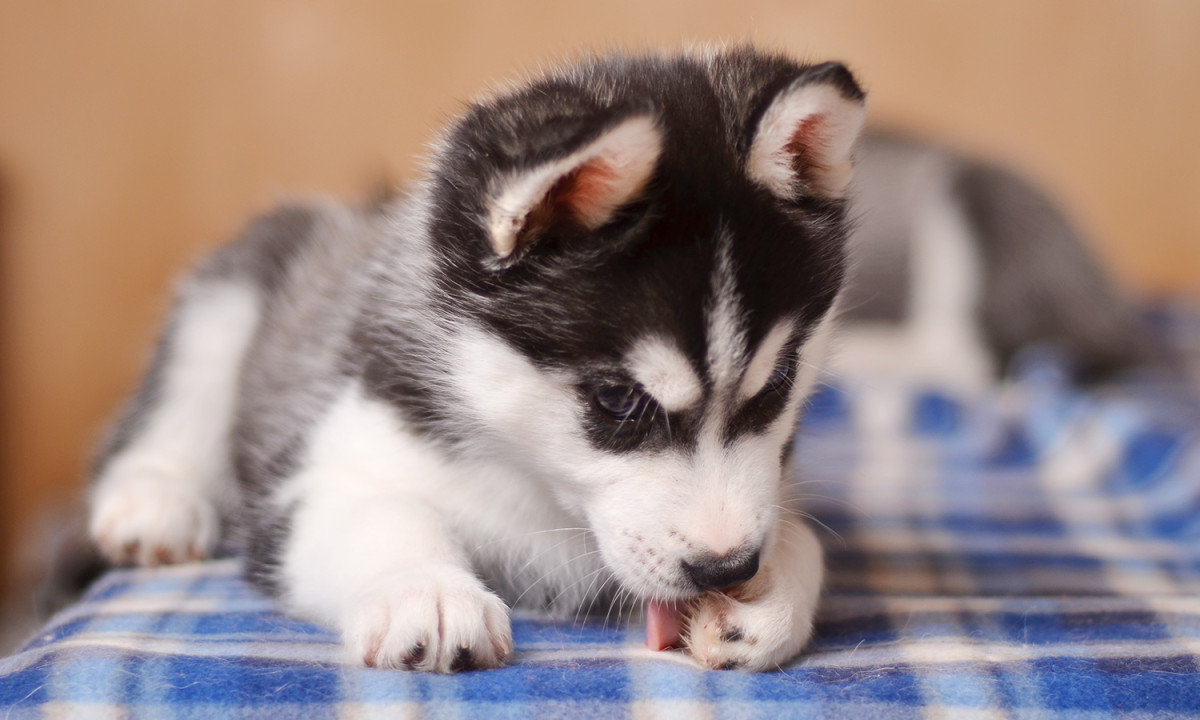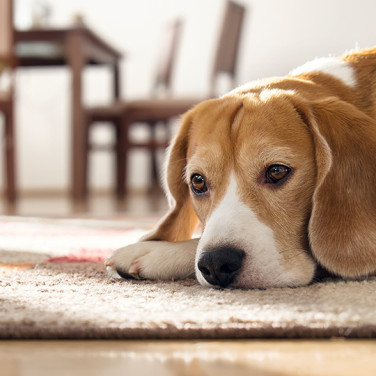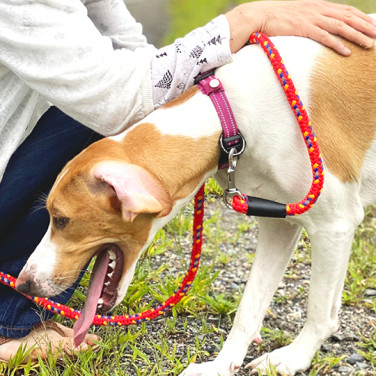SYMPTOMS
Paw Licking in Dogs - Causes and Treatments
페이지 정보
본문
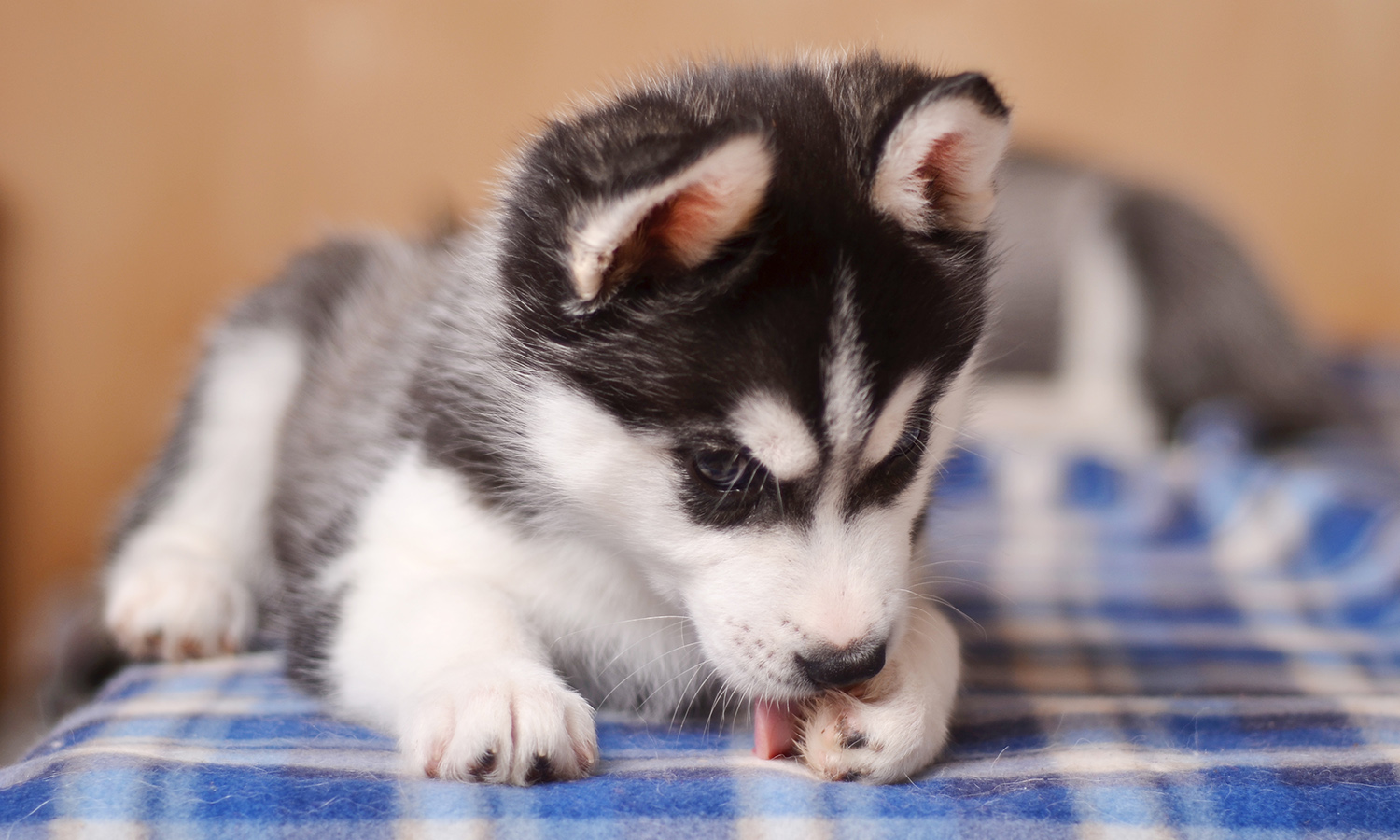
Overview
Occasional paw licking is a normal behavior typically to keep their feet clean. When the paw licking becomes excessive and persistent, it may indicate a medical or behavioral problem. This behavior can signify injury, skin disease, infection, allergy, parasites, boredom, or anxiety. If this behavior persists or becomes obsessive, consult a veterinarian and identify the cause as soon as possible. If excessive paw licking is left unattended, the condition may worsen, or secondary skin infection may develop.
Why is my Dog Licking Its Paws So Much?
A wide range of causes can come from allergies to infections common in dogs with excessive paw-licking symptoms.
-
Injury
Stones, thorns, or foxtail grass can get embedded in a dog’s paw, causing a great deal of irritation. If a dog suddenly licks one paw, the first thing to do is to check the paw for injuries. The paw may have a range of injuries, from minor scratches by sharp objects to insect stings or blisters. Check between toes, toenails, and paw pads to rule out excessive licking due to injury.
-
Pain
A dog may lick its paws to soothe pain due to arthritis, the presence of a cyst, or tumors. Excessive paw licking can occur even when the affected area causing pain in a dog’s body is located elsewhere, such as the neck or back.
-
Dry skin
The pads are prone to cracking if your dog's skin is dry, especially in winter. A dog may lick its paws excessively to relieve itching.
-
Allergy
An allergic reaction to foreign substances in the house or outdoors while on walks can cause a dog to excessively lick its paws to soothe itself. Some common culprits for triggering an allergic reaction in dogs include grass, mold spores, chemicals, and house dust.
-
Food allergy/hypersensitivity
Pruritus can cause a dog to excessively lick its paw when eating certain foods. Dogs can develop a food allergy at any age, so it is always wise to pay close attention when feeding a food that commonly causes an allergic reaction in some dogs or something new. Common food allergies observed in dogs include dairy products, soy, beef, or chicken.
-
Parasites
Parasitic infections due to fleas or mange can cause severe pruritus. Pay close attention after daily walks if severe itching or excessive paw licking occurs. It is a good idea to thoroughly check the dog’s body for ticks, fleas, or mites.
-
Secondary infection
Unattended excessive paw licking can potentially lead to a bacterial or yeast infection. The constant moisture trapped over time can cause this secondary infection in dogs. A secondary infection will only worsen the condition of a dog’s skin, causing even more redness, swelling, and licking.
-
Behavioral problems
If a veterinarian rules out the above causes, behavioral problems may be suspected. In this case, excessive paw licking can be due to stress, anxiety, or boredom. Some common events that can trigger these behavioral problems are moving into a new environment, changing the daily routine schedule, or loud noises.
What Are Other Symptoms That Accompany Excessive Paw Licking in Dogs?
Excessive paw licking is a symptom in itself that can be observed. When excessive paw licking is observed with any of the following symptoms, it can signify underlying issues.
- Signs of pain, such as aggression or crying, when feet are touched
- Signs of allergic reactions include redness, swollen eyes, itchy ears, sneezing, watery eyes, runny nose, difficulty breathing, and diarrhea.
- Behavioral problems such as barking, digging, biting, and accidents in the house
When to See a Vet for Your Dog’s Paw Licking Symptom
Occasionally, paw-licking behavior may be safe to ignore and assume that it is self-grooming. On the other hand, a history or a continuous obsessive quality of the dog’s paw-licking behavior warrants a visit to a vet. This behavior often indicates that something is wrong with your pet’s health. Another good reason to see a vet for this behavior is when you cannot identify a cause for the dog’s excessive paw licking. If this behavior is ignored, moisture can lead to a bacterial infection over time. It is best to avoid the possibility of secondary infection and ultimately find and treat the cause of this symptom.
Home Treatments for Your Dog’s Paw Licking Symptom
How you treat this symptom at home will vary depending on the cause. A neck collar can help with this behavioral issue by preventing the dog from licking its feet. Applying a dog-specific moisturizing cream or lotion can help if your pet’s paws are dry. Since dogs do not like sour or bitter tastes, using a product with a bitter taste as a sterilizer can also temporarily prevent symptoms.
This is a list of home remedies for excessive paw licking, depending on the cause:
-
Behavioral problems
It is necessary to remove any anxiety-inducing stimuli, increase play and walk time, or provide toys, so they do not feel bored. You should visit the veterinary hospital if it is difficult to know the exact cause or if the condition of the paws worsens. If a dog’s paws are dry, massaging with a tiny amount of coconut oil can help keep them moisturized.
-
Injury
You can carefully wash minor wounds with clean water and apply an antimicrobial ointment with a cotton swab. Then place a dog sock or neck collar on to prevent further licking the affected area. The dog mustn't lick off the ointment within 10 minutes of applying the ointment; the longer, the better.
-
Pain
In the case of pain due to arthritis, non-slip carpets can help avoid pain and irritation from walking on smoother surfaces.
-
Allergy
A dog can come across several irritants that can flare up allergies, causing a dog to itch and lick to relieve symptoms. Wiping and drying the dog’s paws right after a walk can help reduce the occurrence of an allergic reaction.
-
Food allergy/hypersensitivity
Identify and avoid the foods that cause itchiness in the dog. If itching is severe, prescribed medication may be the only viable treatment. For manageable conditions, various topical creams and sprays with hydrocortisone are available to help temporarily reduce itching.
How is Excessive Paw Licking Diagnosed?
The first thing you can do before going into the appointment is to check thoroughly and confirm that there is no injury on the affected paws. A veterinarian will ask for a complete medical history, a history of environmental and food allergies, and a complete physical examination to accurately diagnose a cause.
The following are various tests a veterinarian may perform to rule out certain skin problems and diseases.
- Tape preparation cytology is performed to examine skin samples under 40x to 100x magnification to identify any anomalies in the lesions or affected skin.
- Culture test for the presence of a bacterial infection or not.
- Skin biopsy may be performed if certain diseases are suspected.
- Skin and hair tests
- Blood tests
- Food trials may also be conducted to rule out certain food allergies. Food trials can take anywhere from 6-12 weeks.
Treatment for Excessive Paw Licking in Dogs
Once the cause is determined, a veterinarian can prescribe the best treatment for the dog’s symptoms.
-
Wounds
A veterinarian will prescribe topical ointments after disinfecting the wound until the wound completely healed.
-
A foreign object stuck in the skin
Similarly, a veterinarian can apply ointments after the foreign object has been removed and the area has been disinfected.
-
Arthritis
Nutritional supplements and medications are prescribed to dogs with arthritis showing symptoms.
-
Skin disease
Depending on the condition, a veterinarian may use anti-itch antifungals or antihistamines to help reduce itching. If there is an infection present, antibiotics and antifungals may be prescribed. Steroids can also be prescribed to relieve inflammation.
-
Behavioral problems
If symptoms persist even after home treatment (see Home Treatment), it may be necessary to consult a behavior specialist.
How to Prevent Excessive Paw Licking in Dogs
It is a good practice to rinse your dog’s feet with lukewarm water and dry them completely after every walk. If there is a history of food allergies, checking food ingredients can help prevent unexpected flare-ups. Dermatitis is more likely to occur when it rains or when the weather is humid. If your dog’s feet are damp, it's a good idea to wipe or dry them well on the spot. Yearly flea and tick prevention medication can help to reduce the chance of infestation.
Check Licking Paw Symptom with the Buddydoc Symptom Checker!
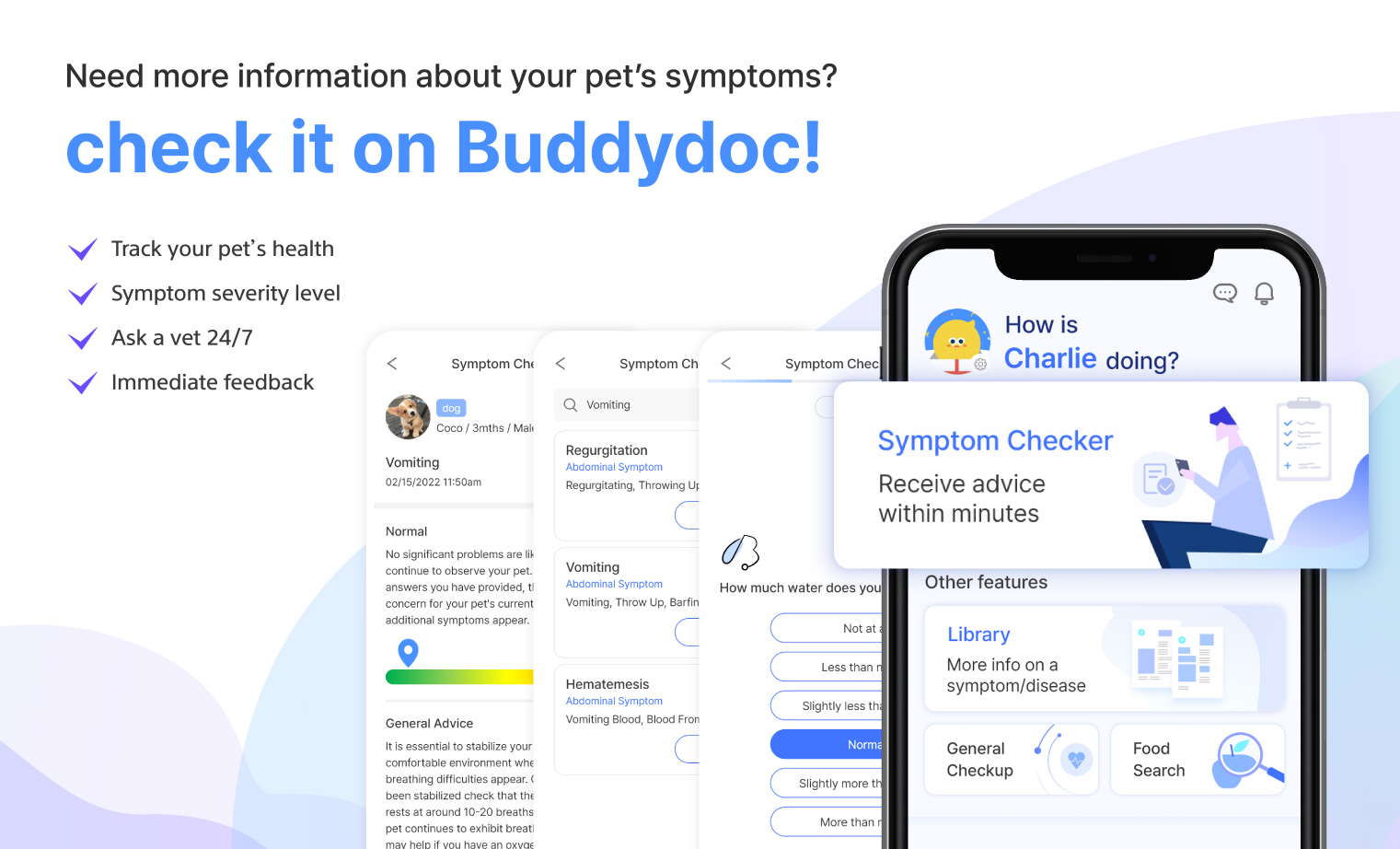
If it is difficult to accurately determine the severity of the symptom, you can use the Buddydoc symptom checker to help you! The self-symptom checker service will ask questions about your pet’s symptoms and can take anywhere from 2-5 minutes to receive a pet triage result. Each answer you provide has a triage value and is calculated in the end result page to help you make a better decision for your pet’s health. The result page provides a level of risk to your pet’s health, veterinarian advice, possible diagnoses, and recommended examinations when visiting the hospital.



